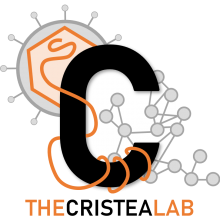Proteomics Tracing the Footsteps of Infectious Disease
Type
Every year, a major cause of human disease and death worldwide is infection with the various pathogens-viruses, bacteria, fungi, and protozoa-that are intrinsic to our ecosystem. In efforts to control the prevalence of infectious disease and develop improved therapies, the scientific community has focused on building a molecular picture of pathogen infection and spread. These studies have been aimed at defining the cellular mechanisms that allow pathogen entry into hosts cells, their replication and transmission, as well as the core mechanisms of host defense against pathogens. The past two decades have demonstrated the valuable implementation of proteomic methods in all these areas of infectious disease research. Here, we provide a perspective on the contributions of mass spectrometry and other proteomics approaches to understanding the molecular details of pathogen infection. Specifically, we highlight methods used for defining the composition of viral and bacterial pathogens and the dynamic interaction with their hosts in space and time. We discuss the promise of MS-based proteomics in supporting the development of diagnostics and therapies, and the growing need for multiomics strategies for gaining a systems view of pathogen infection.

